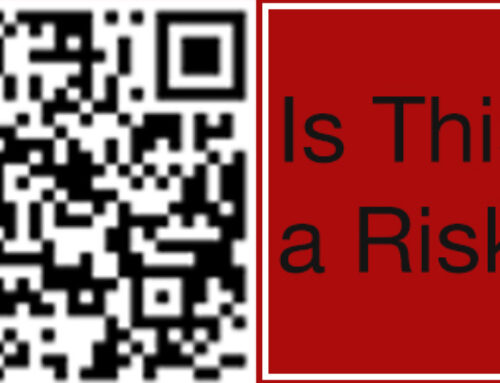
The rise of telehealth services has transformed the medical landscape, offering unparalleled convenience and accessibility. Patients can now consult with healthcare professionals from the comfort of their homes, and medical professionals can reach a wider demographic without geographical constraints. However, as with many technological advancements, this has also brought forward a set of challenges, most notably in the realm of cybersecurity.
With sensitive medical data being exchanged and stored online, ensuring robust cybersecurity becomes paramount. Below, we explore the key cybersecurity considerations that telehealth providers must prioritize to safeguard both their operations and their patients’ trust.
1. End-to-End Encryption
Given the sensitive nature of medical data, ensuring that all communications between patients and providers are encrypted is a fundamental first step. End-to-end encryption ensures that the data, while in transit, remains inaccessible to potential eavesdroppers. Whether it’s video calls, chats, or file transfers, every piece of data must be encrypted to prevent unauthorized access.
2. Multi-Factor Authentication (MFA)
A strong password policy is crucial, but in today’s sophisticated threat environment, it’s often not enough. Implementing multi-factor authentication (MFA) provides an added layer of security. With MFA, users are required to provide two or more verification methods before gaining access, making it significantly harder for malicious actors to breach accounts.
3. Regular Software Updates
Outdated software can be rife with vulnerabilities. Ensuring that all platforms, applications, and systems are regularly updated is essential. Updates often come with patches for known security vulnerabilities, so delaying or ignoring these updates can leave telehealth systems exposed to potential cyberattacks.
4. Secure Patient Portals
Many telehealth platforms offer patient portals for appointment bookings, prescription refills, and access to medical records. These portals must be built on secure platforms with strong encryption. Regular security audits can help in identifying and rectifying potential weak points.
5. Employee Training
Even with the most advanced cybersecurity measures in place, human error can often be the weakest link. It’s essential to train healthcare and administrative staff on best practices for cybersecurity. This includes recognizing phishing attempts, using strong passwords, and understanding the importance of not sharing sensitive information unless absolutely necessary.
6. Regular Backups
Data loss, whether due to malicious attacks like ransomware or simple technical glitches, can be catastrophic. Regular backups, ideally in multiple locations including a secure cloud environment, ensure that data can be quickly restored in the event of any loss.
7. Compliance with Regulations
Countries around the world have regulations in place regarding the storage and transmission of medical data. For example, in the U.S., the Health Insurance Portability and Accountability Act (HIPAA) sets standards for protecting sensitive patient data. Telehealth services must ensure that their cybersecurity measures are in line with these regulations to avoid legal repercussions and to maintain patient trust.
8. Continuous Monitoring
Cyber threats are constantly evolving. Continuous monitoring of telehealth systems can help in early detection of any suspicious activities. Advanced monitoring systems using artificial intelligence can even predict and prevent potential threats before they can cause harm.
Conclusion
The advent of telehealth has undoubtedly made healthcare more accessible and convenient for many. However, with the vast amounts of sensitive data involved, robust cybersecurity measures are non-negotiable. As the sector continues to grow, telehealth providers must remain vigilant, proactive, and updated on the best cybersecurity practices. After all, in healthcare, trust is paramount – and ensuring that patient data remains confidential and secure is a foundational element of that trust.



